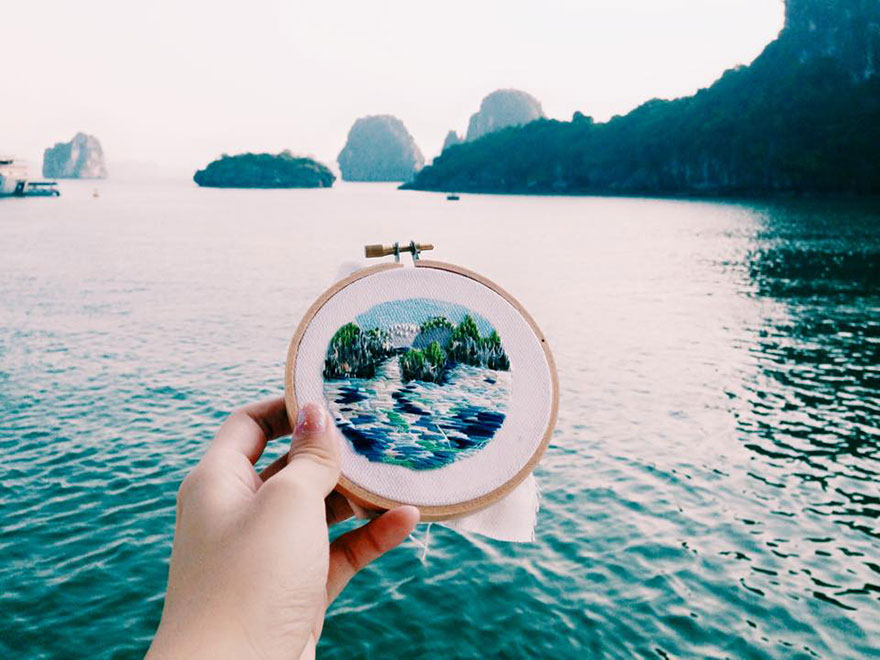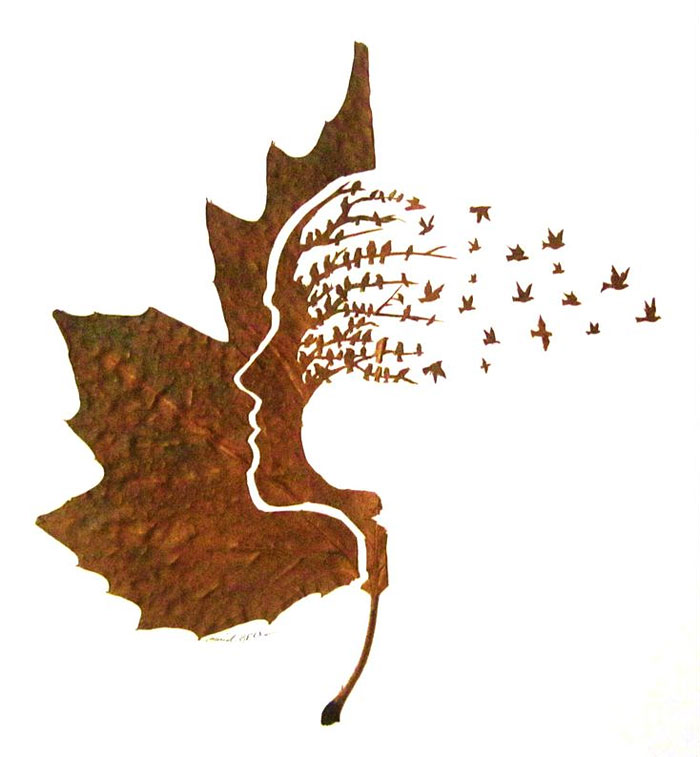 You could
have knocked me over with a feather.
There it was in black and white for all the world to read on Internet. Jonathan
Jones, highly regarded art critic of the UK’s Guardian newspaper. He scrutinizes
graffiti and handwork in today’s socio-political
context. According to Jones,
You could
have knocked me over with a feather.
There it was in black and white for all the world to read on Internet. Jonathan
Jones, highly regarded art critic of the UK’s Guardian newspaper. He scrutinizes
graffiti and handwork in today’s socio-political
context. According to Jones, Graffiti is a pretentious subcultural backbeat that is replicated everywhere in much the same style, the same chunky lettering and coded messages. It is boring and expresses a generalised contempt for community, kindness, and the weak. How can leftists like this stuff? After all it is so blatantly hypermasculine, aggressive and destructive of people’s desire for a decent environment. It is in fact proof that men are still in charge of the world. There is far more creativity and craft in, say, crochet but because that is traditionally seen as a “feminine” activity no one bends over backwards to praise it as art. But graffiti, associated as it is with alienated young men, is treated with absurd reverence by people who should know better.
This is a back-handed complement for handwork--needlework in all its forms--
if there ever was one. While Jones cites crochet, which uses a single
hooked-needle, the essence of his argument is there for anyone who thinks
about it long enough. About a nano-second should suffice. Needlework (embroidery, knitting, crocheting)
in all its forms = feminine = not art because the establishment so deems it. Jones
implies creativity and technical virtuosity (craft) are the essence of art.
So what’s
new here? Not much, except the acknowledgement
by an establishment figure of something that those of us who practice the needle arts already know:
Sexism
skews western society’s perception of value and significance, particularly in
art. But we needle-wielding women (and men) need all
the allies we can get.
Women
artists are acknowledged by mainstream institutions, even then parsimoniously, if
they paint or sculpt. To put it another way, women must express themselves in a
prescribed way to merit wider attention.
(How’s that for fostering originality and promoting creativity!)
 |
| Painting by Grandma Moses on US stamp |
Take,
for example, Mary
Anne Roberts Moses, better known as the naïve painter Grandma Moses. She
stitched her whole life. Aged 78, she took up a paintbrush and was discovered
as “an artist.” Her themes, rural
Americana, did not change with her medium. In 2006, one of her paintings sold
for $1.2 million. In the meantime, her earlier works, quilts and thread pictures,
are not
widely known, if at all.
By comparison, the ceramics of Pablo Picasso or
the paper cutouts by Henri Matisse receive attention and exhibitions, albeit they
command lower prices than their artists’ canvases. There seems to be a double standard regarding
what is “included” in an artist’s oeuvre. Even clay and paper cut outs rate
above needle and thread. Was Mary Anne
Moses artistic vision of the world less in thread than in paint? What is it about needle and thread that appear to diminish or tarnish a reputation--artistic or otherwise?
Maybe this
association of “feminism” and “needlework”
and “weakness/negativity” will never change. Or do we need “powerful”
women, who succeed at “men’s jobs” to acknowledge they do needlework, in some form? Would this help "rehabilitate" needle work? There are examples. Denmark’s Queen Margarthe
publishes her extensive
embroidery and design projects on the royal website. She doesn’t have to
worry about her “political image.” She was born to power. Still, there are other influential women who reportedly do handwork. Brazil’s president, hardly a shrinking violet, Dilma Rousseff, embroiders--when she is not smoking a cigar. Madeline Albright, America's the first female secretary of state, describes in her biography the therapeutic benefits of knitting
caps for her grandchildren. Julia Guillard, Australia’s former prime
minister appears to knit, although some see it as a publicity stunt. Maybe it takes a self-confident leader to admit to doing
handwork. Might embroidery or any needle art become a
litmus test of true political courage and real self-confidence? We will just have to wait and see, won’t we.






